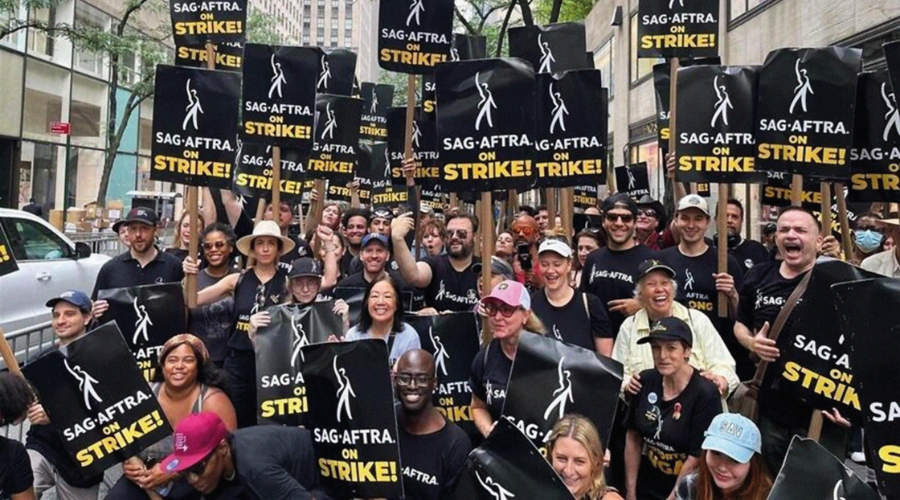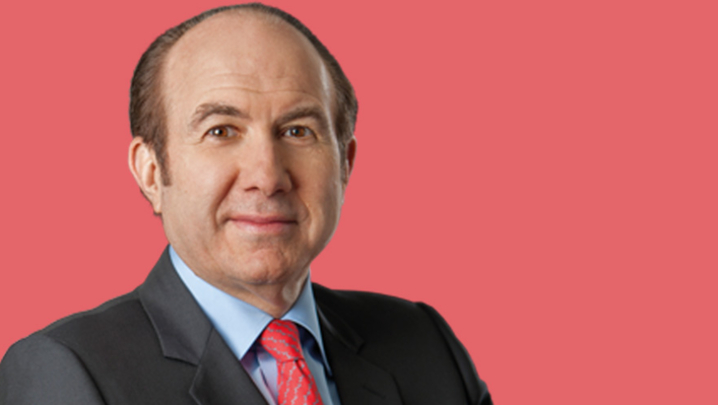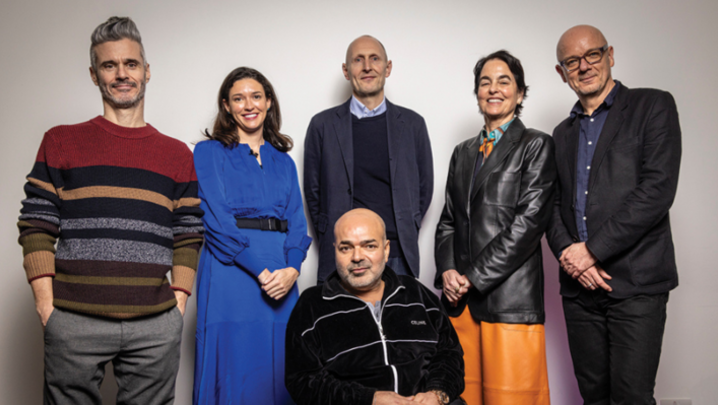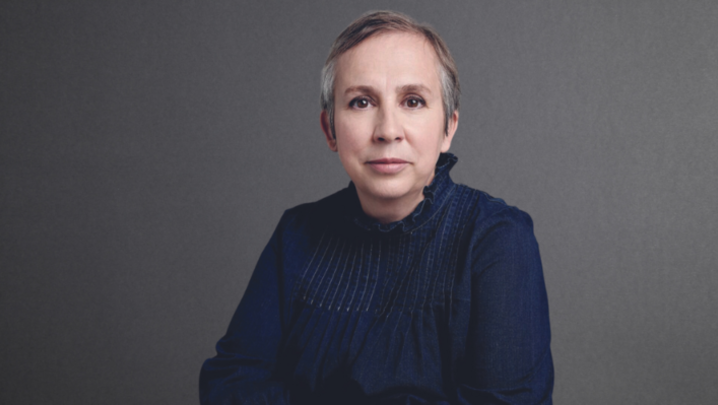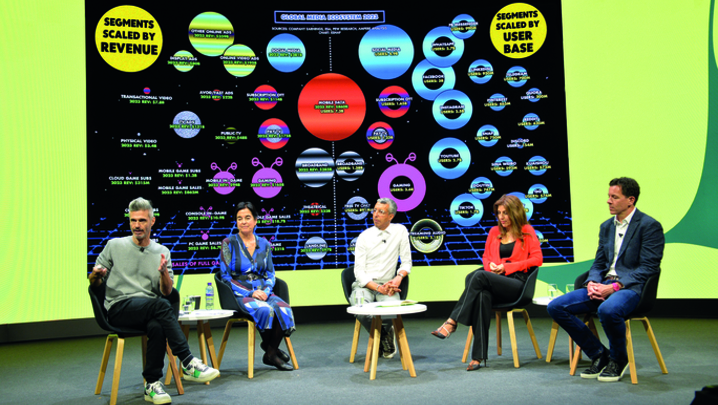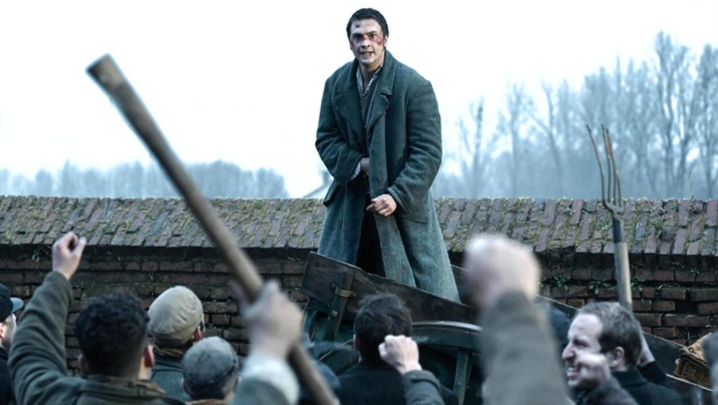Claire Enders looks at the economics behind the US writers and actors strikes and their impact in the UK
US screenwriters went on strike in early May when the Writers Guild of America (WGA) was unable to reach agreement with the Alliance of Motion Picture and Television Producers (AMPTP), which represents studios and streamers such as NBCUniversal, Warner Bros. Discovery, Disney, Amazon/MGM and Netflix.
They were joined on 14 July by the Screen Actors Guild and American Federation of Television and Radio Artists (SAG-AFTRA), whose 160,000 members include, among others, actors, dancers, singers and recording artists. The last time both the SAG and WGA were simultaneously on strike was in 1960.
The demands put to the AMPTP by the WGA and SAG centre on better pay, streaming residuals, the preservation of traditional writers rooms and future-proofing creatives against the potential impacts of artificial intelligence – which could see software generating replacements for writers’ words and actors’ likenesses.
Viewing behaviours have shifted alongside the business models of AMPTP’s members. Library-based services have accelerated the trend towards shorter TV seasons, with fewer episodes than the 22 to 24 per season that were generally ordered for network sitcoms or procedural dramas; prestige TV series from the likes of HBO have always been at lower volumes.
One consequence of this change is that fewer writers are needed and for shorter periods, and those who are hired consequently find themselves becoming disconnected from the rest of production.
There have been allegations of sharp practice, with the writing process increasingly compartmentalised through breaking up the story and by drafts and rewrites being farmed out to different casuals on day rates. This means that ownership and attribution – and therefore bargaining power – over the finished script has been eroded.
The streaming model of paying a lump sum to acquire rights in perpetuity is a prohibition on residual payments – not that there is much viewing data to establish whether anything is a hit, anyway.
And when we look at things from the point of view of the studios, they have invested more than $200bn in content for their streaming services since 2017 and are experiencing sharp declines in their linear businesses. They are slashing costs while their share prices are also under pressure. Netflix and Amazon have both had stock market corrections in the past couple of years. The studios are exploring and pursuing ways to minimise their cost bases.
All of this has been happening for some time. The major streamers, the source of a decade of US production growth, began to stop expanding the amount they spent on their original domestic content pre-pandemic.
Over the past two years, across the sector, there have been attempts to dilute the impact of cost inflation by making cuts within productions – utilising fewer location shots, fewer narrative arcs and fewer supporting actors. Content spend was still required in territories that weren’t earmarked for growth.
There are pressures to reach a resolution to the strikes. The pandemic accelerated the perception that broadcast TV was old and stale as the schedules contained many repeats. The film industry desperately needs a renaissance following Covid. Clearly, the vast majority of members of both the WGA and SAG cannot survive on no income.
But for library-based video services, which are less reliant on new releases for subscriber retention, the strikes mean lower outgoings without much additional churn – and therefore there is less of a hurry to settle. With no content for sale, Netflix recently upgraded its free cash flow for 2023 by $1.5bn.
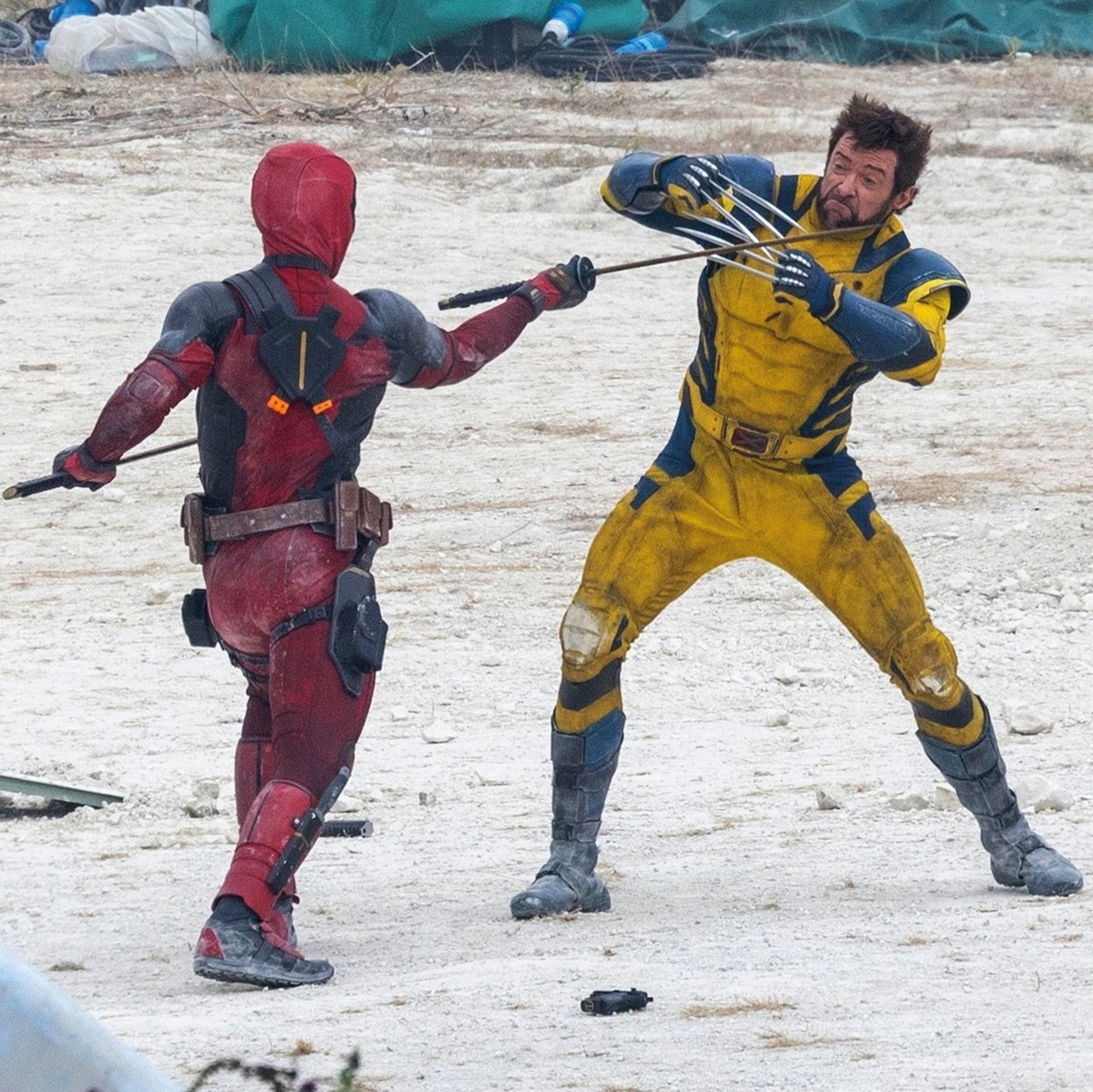
(Credit: Click News and Media)
UK Equity members are prohibited from joining the strike, but there has been some impact here. Locally shot films featuring American actors, such as the live action How to Train Your Dragon, Deadpool 3 and Wicked, have all been paused. This potentially affects thousands of British workers. The strikes could also influence the timing of new Hollywood film productions in the UK.
But are there any positives for the UK content sector? The chance to license more library catalogue to the US is probably overplayed. During the pandemic there was a nice uptick but it was hardly transformational. There is such a surfeit of US scripted content floating around after years of escalating production that there must be hundreds of unwatched shows that are a better fit for US audiences than old episodes of ITV’s Vera.
The internationals will surely consider diverting commissioning budget to the UK. But the days of Netflix being able to greenlight new projects and produce them at breakneck speed (compared with the slow-moving commissioning processes in the UK and the US studios) has been over for a while.
It is unlikely that there will be a material shift before there is a resolution. For all the rhetoric around the internationalisation of tastes, TV content still travels relatively poorly. Squid Game is the exception that proves the rule; name me another Korean drama that has broken through globally.
Rather, this appears to be a moment for the overheated US content production pipeline to contract and allow volumes to return to a sustainable level. Netflix has already reached a ceiling in US original content volume, hitting that mark before the hypercompetitive land-grab phase of streaming had even concluded. Its US output in 2022 was on a par with 2018.
So, maybe there is no great upside for the UK from these strikes, but it does highlight another possibility on our doorstep: exploring deeper working relationships with European free-to-air broadcasters, which have seen their businesses hold up relatively well. Even the challenging advertising market is seemingly on the up.
Enders predicted a few years ago that growth in European content supply would soon reach a tipping point as streamers shifted from market grabs to profitability and the resources poured into production federally, while those from consumers and advertisers declined. This is now coming to life.
However, other factors converge to act as ballast for consistent European content investment. Whatever happens to the appetite of the international SVoDs, the situation in Europe is that broadcasters’ financing remains resilient and often guaranteed, though it is under stress. Moreover, the public continues to favour local fare, while talent likes the incentivised deals of European independent producers and EU regulation maintains certain volume levels.
These shape a sector that remains well-resourced but under enough pressure to have to be pragmatic. This pragmatism means easier access to quality content and the opportunity for the UK to have greater creative influence over it. The days of “peak TV”, driven by the US streamers, appear to be well and truly over, which leave European co-productions as opportunities to be maximised.
Claire Enders is the founder of Enders Analysis and is a speaker at the RTS Cambridge Convention.

